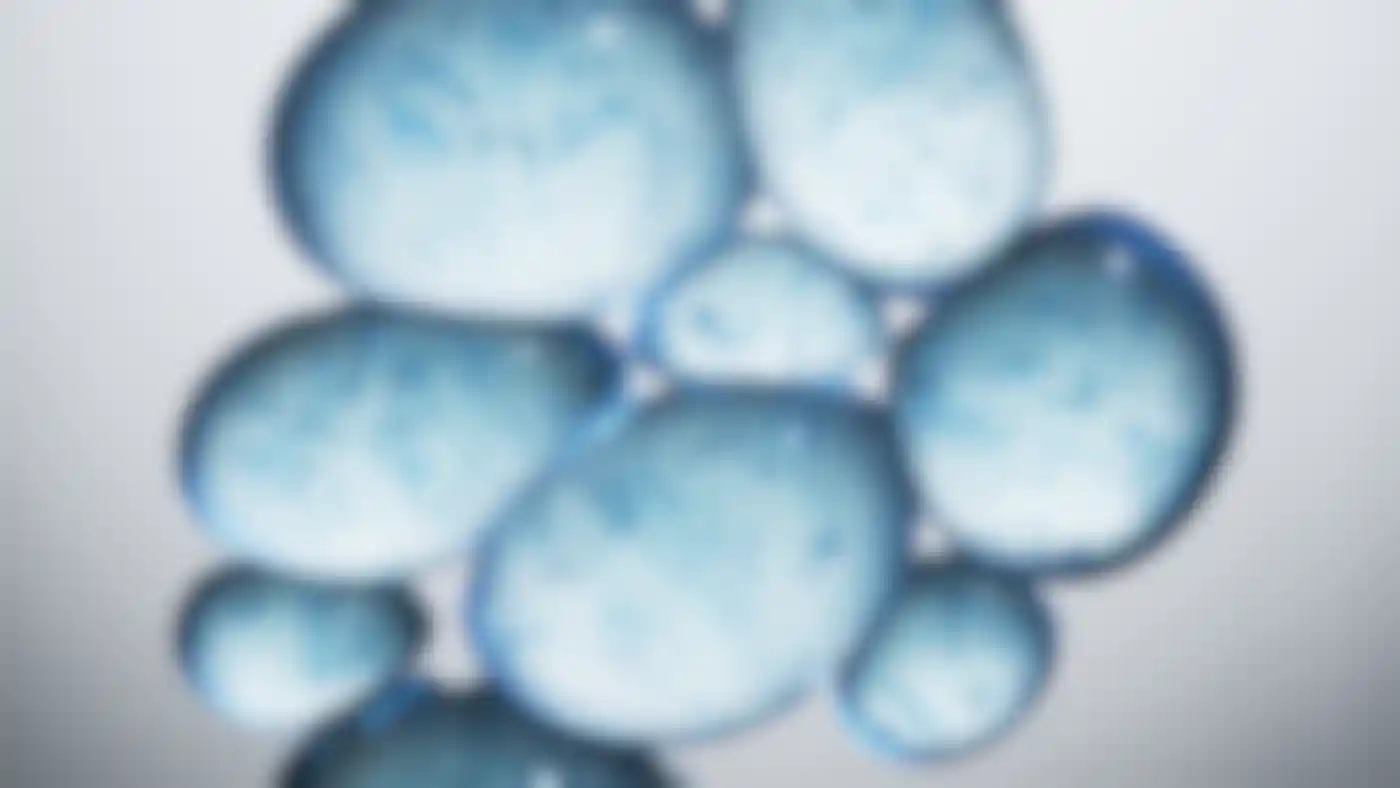
Deconstructing Sleep With Maxon One ManvsMachine on the CG spot they created for bedding brand Tuft & Needle.
ManvsMachine recently teamed up with bedding manufacturer and retailer Tuft & Needle to help the company visualize what it takes to create the elements of a perfect night’s sleep.
The animated promo offers a deconstructed ensemble of tactile technical materials from heat dissipating graphite and cooling gel beads to open-cell foam structure while balancing those details with evocative interior touches and afternoon sunlight.
ManvsMachine Global MD and Executive Producer Ellie Bailey says the studio relied on Cinema 4D, Houdini and Redshift for the project and the team embraced the opportunity to dive into a project that showcased their ability to craft a beautiful, visual story. “We like a client who wants to go on a creative journey with us and understands that it takes a little extra to make something extraordinary,” she recalls.
Discovering beauty
Finding that “little extra” was driven by a love of finding beauty in day-to-day objects, says Executive Creative Director Chad Howitt, explaining that for Tuft & Needle the team needed to show off elements that are not entirely visible in interesting ways and that made the in-house team at Tuft & Needle ideal partners.
Though they had an existing brand that ManvsMachine needed to match, Tuft & Needle allowed the team to push the visual and stylistic choices and expand on that brand language to visualize the recipe for a comfortable night’s sleep. “These are things that often goes unnoticed by the consumer, so we brought them to the forefront and romanticized them while elaborating on the benefits of the deconstructed mattress,” says Executive Creative Director Chad Howitt.


Cinema 4D was the main tool behind the creative process, Howitt says, explaining that the team used it for everything from concepting to final delivery. Houdini was used to achieve greater levels of intricacy and control, and Redshift allowed the team to move seamlessly between Cinema 4D and Houdini, maintaining completely visual continuity throughout the project.
Deconstructing Comfort
Different types of shots were used to visualize the deconstructed materials Remi Dessinges, head of CG, explains. “We used a displacement map to simulate the small perforations within the graphite and foam material for our wide shots. For closeups we opted for a more detailed approach, necessitating the generation of geometry through Voxel Database (VDB) techniques.
This involved the meticulous distribution of hundreds, or even thousands, of minuscule spheres within a volumetric space, effectively subtracting the spheres from the primary volume. The outcome was a considerably intricate, albeit computationally demanding.”
Generating the gel beads that help keep the mattress cool in 3D was a challenge that involved various techniques, depending on shot complexity, framing requirements, and animation dynamics.


Using Redshift proxies to optimize scene management and performance allowed the team to work with a lighter, more maneuverable scene while retaining the high level of geometric accuracy required for the desired visual fidelity.
Photoreal Environments
Ultimately, the entire promo needed to have a soft, natural look and Redshift provided the ideal balance between realism and flexibility, Dessinges recalls. “Our lighting approach combined area lights, sunlight, and an HDRI to quickly establish a photorealistic lighting setup, which we fine-tuned to achieve the precise mood we desired.”
“We would love it if everyone was willing to take more risks with visuals.”– Ellie Bailey
To introduce an additional layer of detail to our materials, the team leveraged a variety of tools, including noises, blending techniques, bump blending, material blending and ambient occlusion. This fit perfectly with Tuft & Needle’s preference for showcasing mattresses and bedding in soft daylight.

ManvsMachine is always trying new software and techniques, Bailey says, and they’re looking forward to future collaborations with Tuft & Needle and others. “It’s always a new challenge, a new style, a new look for every project we do and we would love it if everyone was willing to take more risks with visuals.”
Helena Swahn is a writer based in London, UK.